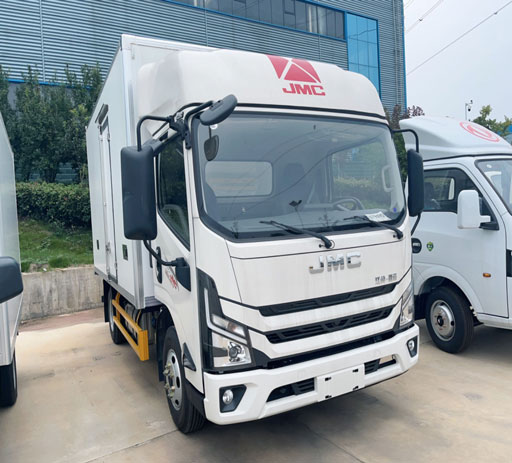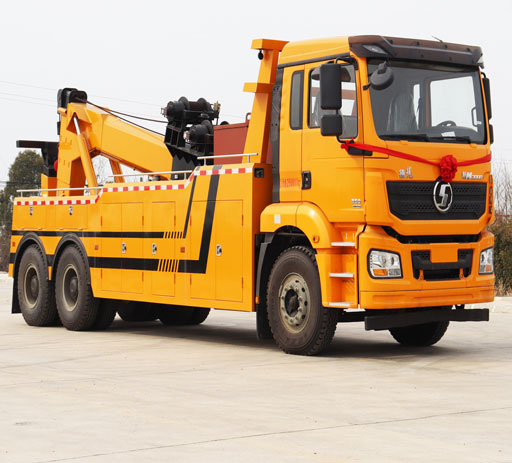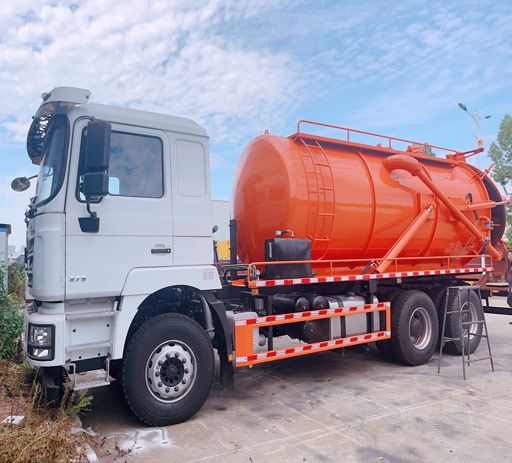Understanding Fuel Tankers: Types, Uses, and Safety Measures
Introduction
Fuel tankers play a crucial role in the global transportation and distribution of fuel. These specialized vehicles are designed to carry liquid fuels such as gasoline, diesel, and other petroleum products. With increasing demands for energy, understanding the types, operational mechanisms, and safety protocols associated with fuel tankers has never been more important. This article aims to provide a comprehensive overview of fuel tankers, their structure, functions, and significance in daily logistics.
Types of Fuel Tankers
1. Road Tankers
Road tankers are specialized trucks designed for transporting fuel overland. They come in various sizes, from small tank trucks to large, multi-compartment vehicles, and are commonly used for delivering fuel to gas stations and industrial clients.
1.1. Single Compartment Tankers
These tankers contain one large tank used to transport a single type of fuel. They are efficient for transportation, but limitations arise when different fuel types are required.
1.2. Multi-Compartment Tankers
Multi-compartment tankers can transport multiple fuel types simultaneously. With separate compartments, they mitigate the risks of contamination and allow for diverse fuel delivery.
2. Marine Tankers
Marine tankers are large ships specifically designed to carry enormous quantities of petroleum products across oceans. They are critical for international fuel trade and vary in size from small coastal tankers to massive supertankers.
2.1. Crude Oil Tankers
These vessels transport unrefined crude oil from extraction points to refineries. They often have a double-hull design to enhance safety against leaks.
2.2. Product Tankers
Product tankers are smaller than crude oil tankers and are used to transfer refined petroleum products to various destinations. They are more versatile, often delivering fuels to smaller ports.
Operating Mechanisms of Fuel Tankers
1. Loading and Unloading Process
Fuel tankers utilize specific procedures for loading and unloading fuel to minimize spills and ensure safety during transportation.
1.1. Loading Procedures
- Check tanker integrity and ensure no leaks.
- Connect hoses from the fuel storage to the tanker.
- Monitor the flow rate and pressure during loading.
- Use vapor recovery systems to capture harmful vapors.
1.2. Unloading Procedures
- Verify delivery point equipment and ensure safe unloading conditions.
- Disconnect hoses carefully and monitor the off-loading process.
- Perform post-offloading inspections to ensure no leaks occurred.
2. Safety Measures for Fuel Tankers
Safety is paramount in the operation of fuel tankers. Stringent regulations and procedures are established to safeguard personnel, the environment, and the public.
2.1. Training Requirements
All operators must undergo comprehensive training that covers:
- Safe driving practices.
- Handling hazardous materials.
- Emergency response protocols.
2.2. Equipments and Technologies
Modern fuel tankers are equipped with various technologies to enhance safety:
- GPS tracking for real-time monitoring.
- Advanced leak detection systems.
- Fire extinguishing systems to combat fuel fires.
Fuel Tanker Regulations and Compliance
Fuel tankers are subject to numerous regulations to promote safety and environmental sustainability. These regulations can vary depending on the region and the type of fuel being transported.
1. International Regulations
The International Maritime Organization (IMO) sets guidelines for marine fuel tankers, providing standardized protocols to mitigate risks. These regulations cover:
- Vessels’ structural integrity.
- Emergency management.
- Pollution prevention measures.
2. Local Regulations
Road tankers must comply with national and local regulations that include:
- Licensing and permitting requirements.
- Routine inspections for vehicle compliance.
- Training certification for drivers.
The Economics of Fuel Tankers
The economic aspect of fuel tankers encompasses expenses, pricing, and impacts on the energy sector.
1. Operational Costs

Fuel tanker operations incur various costs, including:

- Fuel and maintenance.
- Driver salaries and training.
- Insurance and regulatory compliance fees.
2. Pricing Strategies
Fuel tanker companies often adopt different pricing strategies based on:
- Fuel demand fluctuations.
- Operational costs.
- Market competition and location.
Environmental Impact of Fuel Tankers

Transportation of fuel through tankers influences the environment in numerous ways, raising concerns and promoting initiatives for sustainability.
1. Spill Prevention and Response
Spills from fuel tankers can cause catastrophic environmental damage. Companies invest in preventive measures like:
- Regular maintenance checks.
- Advanced containment systems.
- Spill response training for tanker crews.
2. Transitioning to Cleaner Fuels
The industry is also transitioning to cleaner fuels and practices, including:
- Utilizing biofuels and alternative energy sources.
- Adopting greener technologies in tanker construction.
- Improving efficiency to reduce emissions during transport.
Future Trends in Fuel Tanking
The fuel tanker industry is evolving, influenced by technological advancements, regulatory changes, and market dynamics. Some potential future trends include:
1. Automation and Digitalization
Emerging technologies such as automated driving and digital scheduling are expected to enhance efficiency and safety in fuel tanker operations.
2. Regulatory Innovations
As environmental concerns intensify, we may see stricter regulations regarding emissions and fuel types used in transportation.
Practical Examples and Tips for Fuel Tanker Operations
1. Route Optimization
Using route optimization software can reduce fuel consumption and delivery times. Consider the following tips:
- Utilize GPS navigation for real-time traffic updates.
- Avoid congested areas during peak hours.
- Plan routes that minimize steep inclines, reducing strain on vehicles.
2. Maintenance Best Practices
Regular maintenance ensures the safety and efficiency of fuel tankers. Key maintenance practices include:
- Scheduled inspections based on mileage or hours of service.
- Prompt repair of visible leaks and wear.
- Keeping up with equipment upgrades to meet safety standards.
FAQ Section
1. What types of fuel do tankers typically transport?
Fuel tankers typically transport gasoline, diesel, jet fuel, and other refined petroleum products. Some marine tankers also transport crude oil.
2. How are fuel tankers monitored during transportation?
Fuel tankers are often equipped with GPS tracking systems that allow companies to monitor their location and speed in real-time, ensuring safe and efficient delivery.
3. What are the risks associated with fuel tanker operations?
The primary risks include spills, leaks, accidents during transport, and environmental impacts. Ensuring compliance with safety regulations can minimize these risks.
4. How can fuel tanker companies improve safety?
Companies can improve safety by providing thorough training for drivers, maintaining their vehicles regularly, and implementing robust emergency response plans.
5. Are fuel tankers environmentally friendly?
While fuel tankers are necessary for transport, they can contribute to environmental issues. However, many companies are transitioning to cleaner fuels and implementing measures to reduce their carbon footprint.
6. How often should fuel tankers undergo maintenance checks?
Fuel tankers should undergo routine maintenance checks every 5,000 to 10,000 miles, or based on the manufacturer’s recommendations, to ensure safety and operational efficiency.
